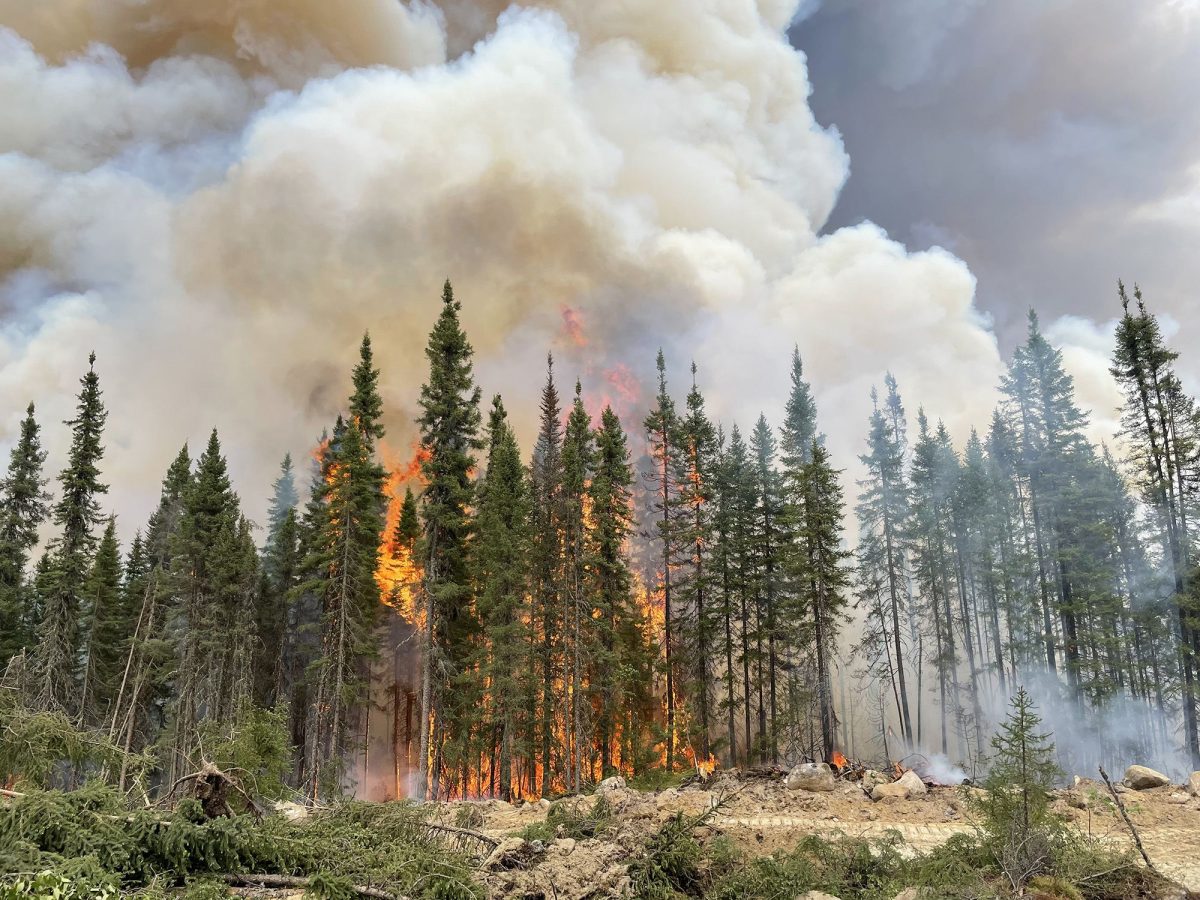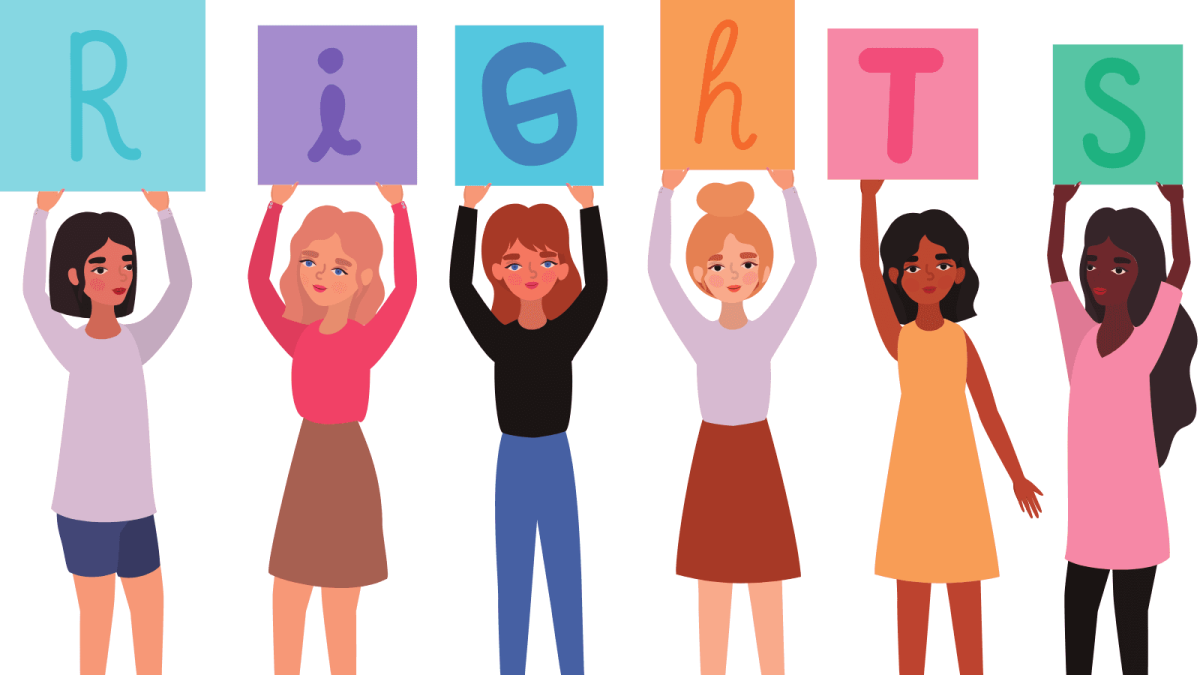When the sky turned orange for a few days in June and the air quality plummeted, it was seen as an inconvenience to the people affected by it in the United States. However, those close to the wildfires have had it much worse, because of the constant threat of having to evacuate.
As the Canadian wildfires start to diminish, it’s important to remember how Canadians all over the country have been affected. Although mostly affecting the provinces of Alberta, British Columbia, Saskatchewan, and the Northwestern Territories, there were several wildfire outbreaks in Ontario, Quebec, and Nova Scotia. In fact, every single province in Canada has been affected by the wildfires this year. This year has the most area burned in all of Canada’s history. About 5% of all of Canada’s forest area burned in the wildfires, totaling 43,435,000 acres. To put that into perspective, all of the scorched Canadian land combined would be equal to all of North Dakota plus a couple hundred thousand acres.
Due to the large amount of wildfires, and certain wind patterns, a lot of smoke from the fires came down from Canada into the contiguous states. In June the skies in Northeastern United States turned orange from all of the smoke, blocking out the sun, and plummeting the air quality. New York City reported an Air Quality Index (AQI) of 405 out of 500. According to the AQI, anything over 300 is considered hazardous. One town in New Jersey even reported an AQI or 486, which is extremely close to the highest AQI you can have.
Between 6,400 and 6,500 separate fires have burned this year in Canada alone. According to the Washington Post, the amount of fires that burned this year was equal to the amount that burned between 2015 and 2022, making it close to nine times the annual average.
Multiple provinces broke their previous records. British Columbia had 7 million acres burned which was more than double the past record. Alberta had 5.5 million acres burnt, which was about 2 million ahead of the old record. Quebec had 12.8 million acres burnt, more than double the old record, and Nova Scotia had 62,000 acres burnt, a little more than six times its old record. In the Northwestern Territories, which had already been predicted to be a high risk area, about 70% of the people living there, had to be evacuated at some point during this year’s wildfire season. 20,000 residents in Yellowknife, the capital of the Northwestern Territories, were evacuated this year.
The carbon dioxide emissions from the wildfires alone, exceeded the emissions from Canada’s economy. So now, even though the fires have calmed down on the surface, they may still burn underground. These are called ‘zombie fires’, which will burn underground during the winter and re-emerge in the spring. Knowing this, how bad will the wildfire season be next year, and how will it affect the people living in Canada?



















Judy Langley • Nov 16, 2023 at 10:31 pm
Well written and very informative